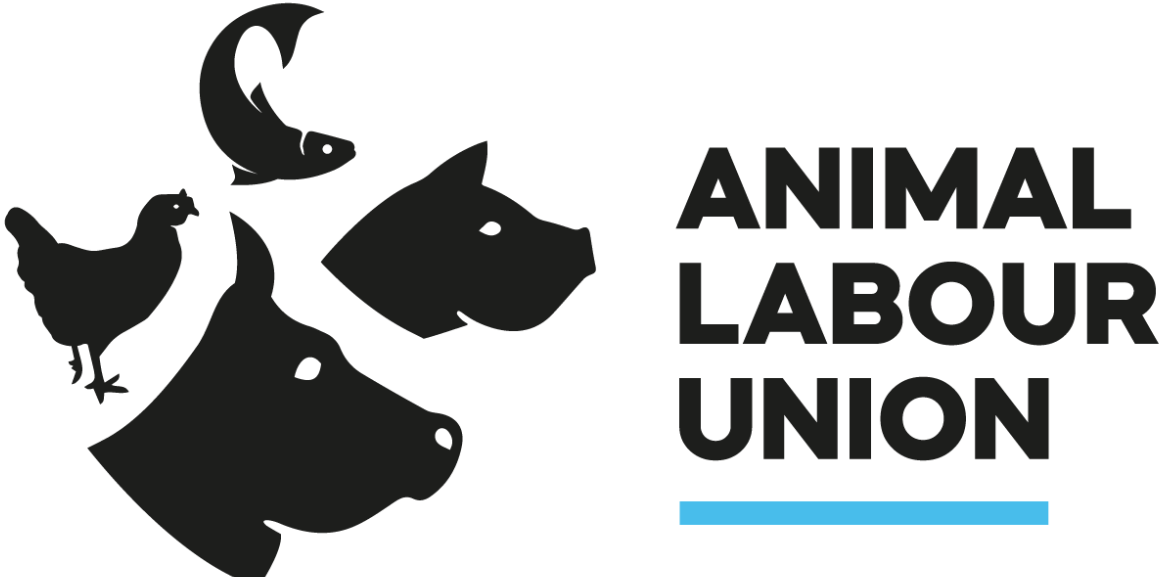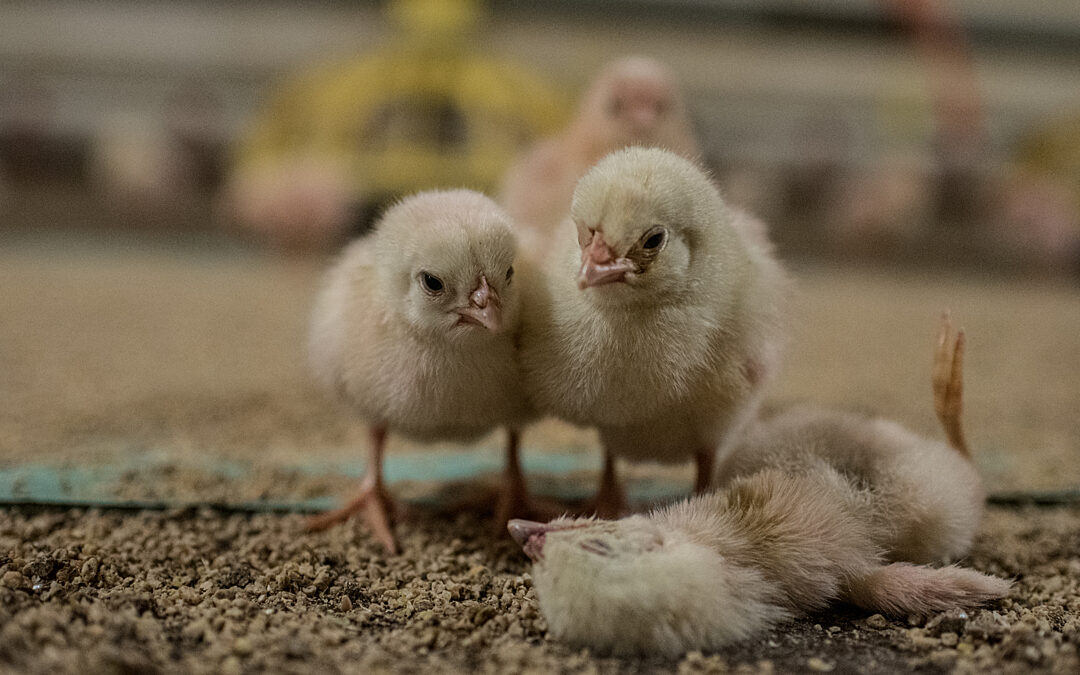I can’t see my chickens, who are normally out foraging all day, at all this morning. While I work, they’re always in the corner of my eye. But now, I’m missing the movements of the white birds in my autumnal garden. I put on a thick coat and step outside. At the garden gate, one chicken comes running. Beak forward, wings pulled back, and little legs moving faster than I can follow. She is certainly healthy.
The other chicken is in the coop. She’s lying still in her nest, barely moving. She looks up as I approach but makes no effort to walk away. Prey animals only show their weakness when they really have no other choice. In nature, sick animals are vulnerable, and they pretend to be fine for as long as they can. If a chicken looks visibly unwell, it’s usually already too late. I don’t think this little one will make it to the end of the day. To avoid disturbing her dying process, I leave her in the coop. Quietly, I walk away and leave my phone with its camera behind.
Grief in animals is a growing field of research. Philosopher Susana Monsó has delved into comparative thanatology – the study of how animals experience death and dying. In her book *What Ants and Orcas Can Teach Us About Death*, she writes about Tahlequah, an orca who carried her dead calf with her for 17 days. “I don’t think it’s far-fetched to assume this is an example of grief. Grief is an emotional process in which one learns to cope with the loss of another individual. And that seems to be exactly what these mothers are doing,” Monsó explains.
Jane Goodall, during her research on chimpanzees, observed mothers carrying a deceased infant for days. Young chimpanzees who lose their mothers also show deep grief: they withdraw, refuse food, or die from what can only be described as a broken heart.
The processing of grief in humans is surrounded by rituals. Rituals provide closure and help us process loss. For animals, such as chimpanzees and orcas, holding on to a deceased infant or observing the body might be a way to accept the reality of the loss.
Funerals, where people mourn together, strengthen social bonds. A vigil, as we know it among humans, has also been observed in animals: elephants return to the remains of a family member, and crows and ravens gather around a dead companion. Finding comfort in social interaction is not exclusively human. Baboons, for example, show increased grooming behaviour after a family member dies, which reduces their stress hormones.
The video my phone captured shows a mourning chicken. She goes to her sick companion, gently touches her with her beak, and sits beside her. They remain together for hours, even after the sick chicken has passed away.



